This site is part of various affiliate programs. Links may give us a small compensation for any purchases you make, at no additional cost to you. Please read the disclaimer policy for full details.
The nifty-fifty is a lens that all professional photographers love.
If you are looking for one of the most versatile prime lenses available, you can’t go wrong with a 50mm lens, which is ideal for close-up portraits and even landscapes and astrophotography, basically anything where you are focusing on specific details of a scene.
As you will see in the below article, a 50mm lens offers so much. It can be used in many scenarios and helps boost your creativity, composition, and photography thought process.
I often use a 50mm focal length on my photographic adventures and I can attest to its usefulness.
In this guide, I use that knowledge to show you what you stand to gain from buying your own nifty-fifty. This includes 9 different uses of the 50mm lens and why it is so beloved.
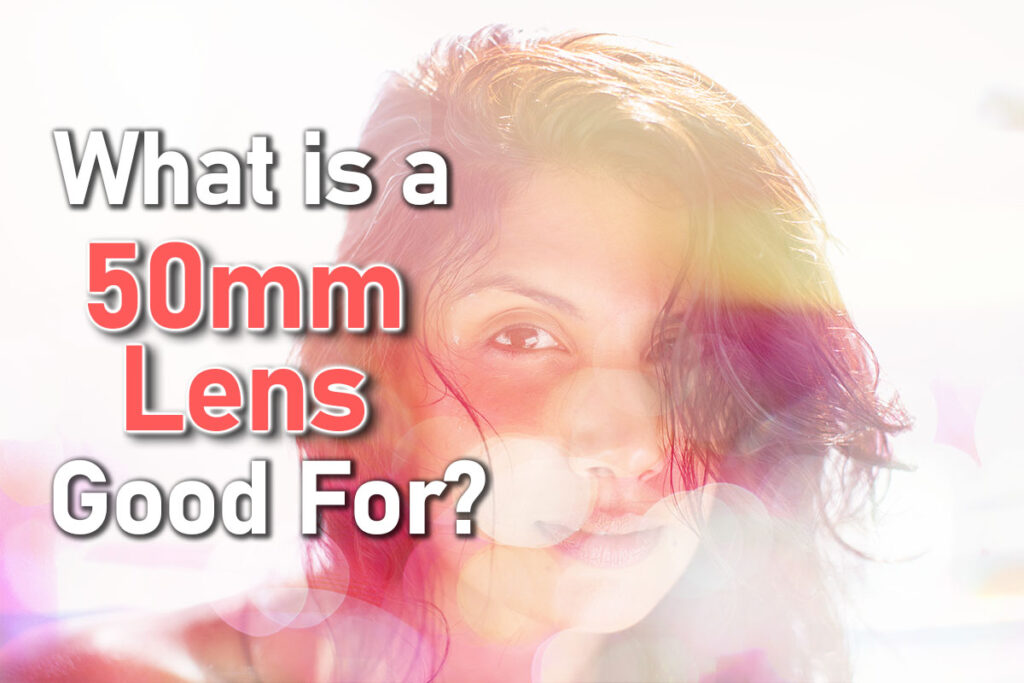
What is a 50mm Lens Good For?
1. To create stunning full-length or waist-length portraits
50mm and 85mm prime lenses are considered to be the best portrait lenses available. Due to the extended reach, 85mm lenses are usually preferred for headshots and head-only portraits.
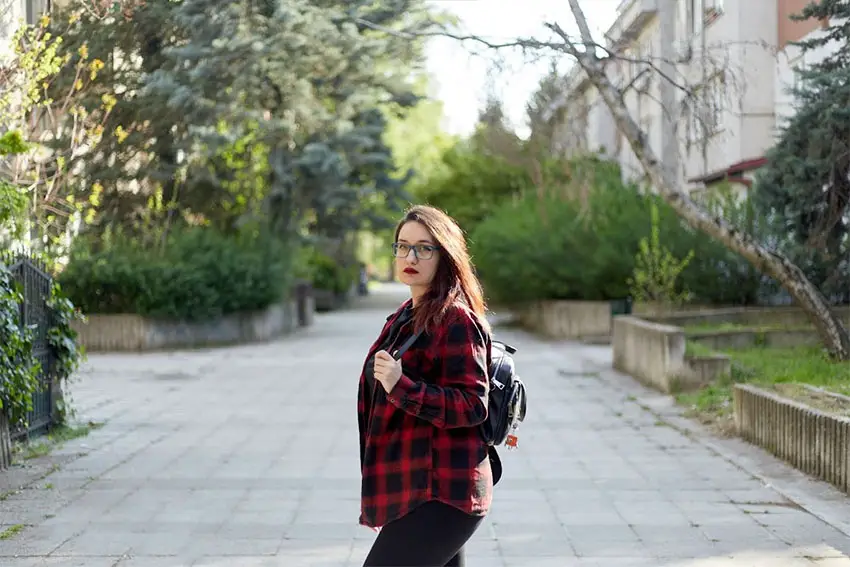
In contrast, 50mm lenses are the preferred choice for full-length and waist-length portraits.
The focal length of 50mm is slightly wider than 85mm and thus allows you to capture more of your portrait subject. However, it is still tighter-cropped than a 24mm lens, for example. As a result, you can still easily place the emphasis on the subject.
If you have space to walk around at an event like a wedding or party, a 50mm lens could be a perfect choice. It allows you to create a versatile range of portrait photos without being too obtrusive and disruptive to what people are doing.
2. For low-light photography
To take incredible low-light photos, you need a specialist lens. Ideally, this lens needs a fast aperture and fast autofocus.
The fast aperture gives you greater control and allows you to use faster shutter speeds and lower ISO values to achieve professional low-light photos.
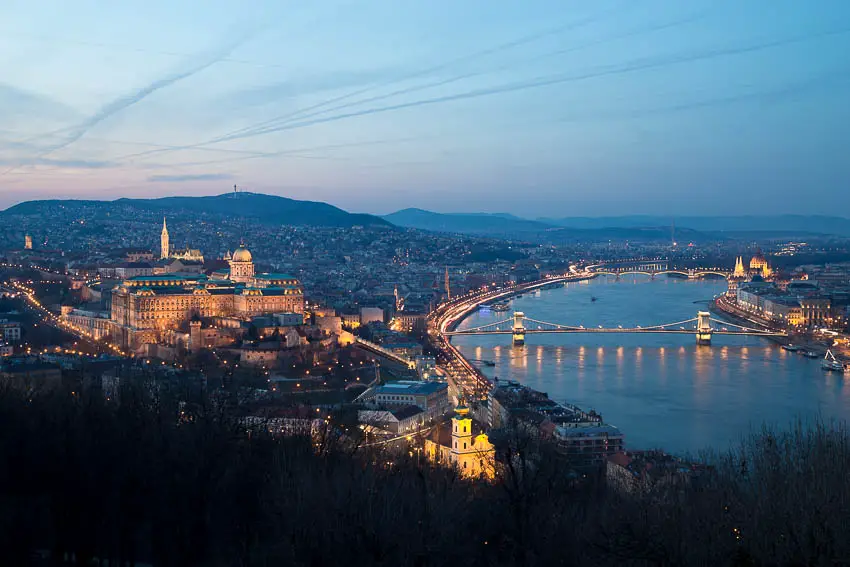
Most 50mm lenses have these requirements. Superior-quality lenses like the Canon EF 50mm f/1.2L USM, and Sony FE 50mm f/1.2 GM offer brilliant low-light capabilities. This is due to their fast AF systems, and incredibly fast maximum apertures.
It is not just the premium lenses, however.
Beginner lenses like the Canon EF 50mm f/1.8 STM are also known for their excellent low-light performance. With a 50mm lens, you can take incredible low-light or nighttime photos in a variety of situations.
This includes nighttime cityscapes, nighttime street photography, and indoor photography where there is less ambient light.
3. To produce backgrounds with a professional bokeh
To take your photography to the next level, you need to utilize professional techniques and features. One of these is to create backgrounds with smooth and creamy bokeh. These backgrounds provide excellent subject separation and look sublime.
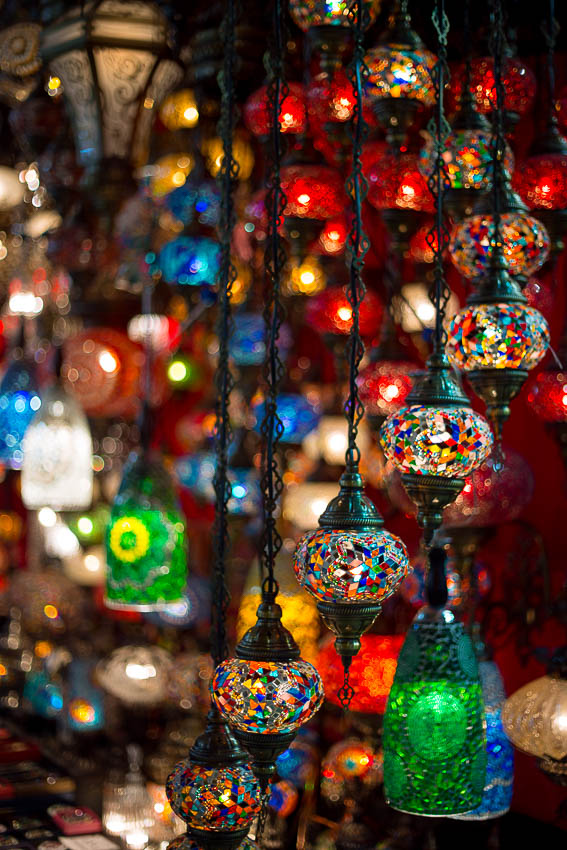
To create such an effect, you need a lens that has a large maximum aperture. This is where the 50mm lens shines once more.
Even the most basic 50mm lenses typically have a large maximum aperture of f/2.8 or wider. As a result, you can use them to create professional-grade photos with brilliant bokeh effects.
If we look at the basic 50mm lenses from the major camera manufacturers, they all have a large maximum aperture:
- Canon EF 50mm f/1.8 STM
- Nikon AF-S AF NIKKOR 50mm f/1.8G
- Sony FE 50mm f/1.8
- Fujifilm XF 50mm f/2 R WR
- Panasonic LUMIX S 50mm f/1.8
4. For unique street photography
The nifty-fifty is a magnificent “walking around” lens for street photography.
For example, if you want to explore the streets and sights of a city like New York. Here, a 50mm lens would allow you to capture some incredible photos of the skyscrapers and bustling action on the streets.
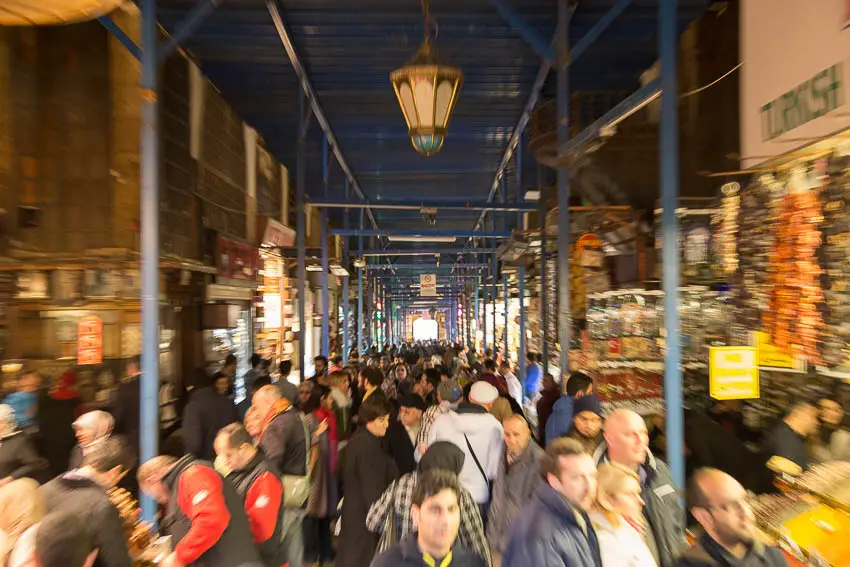
The 50mm focal length is ideal because it is balanced.
It offers just enough zoom so that you can capture street photography of a specific subject.
However, it is also wide enough, that you still get plenty of background action too, and can thus use your photos to give context and tell a story.
5. To boost your creativity
A 50mm lens is also a superb choice if you want to improve your creativity and photography skills. The 50mm focal length is equivalent to what the human eye can see. As a result, it is in this type of middle ground – it’s not wide-angle, and it’s not telephoto.
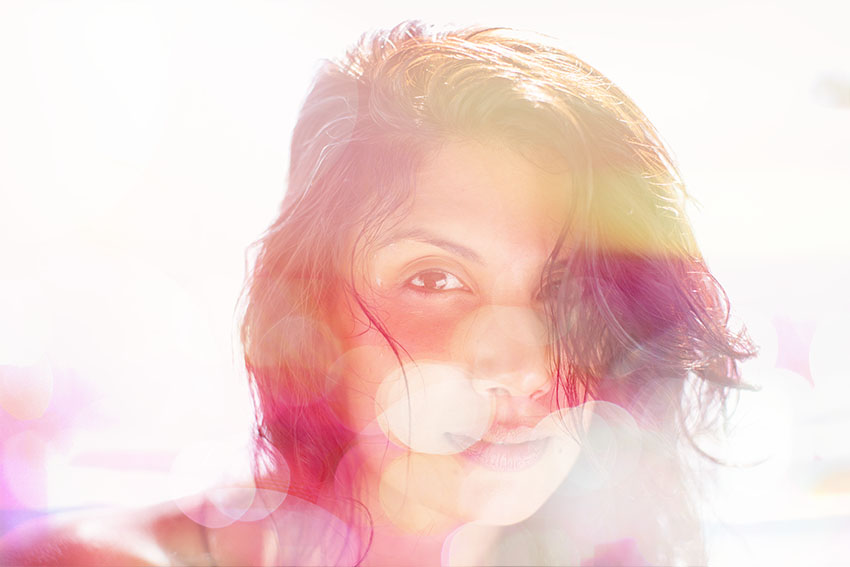
This means that you have to use your creativity and think more about your compositions. With a 50mm prime lens, you are also encouraged to move more and consider your positioning.
This isn’t always the case with a zoom lens. Using a zoom lens, you can simply stand in one place and alter the zoom distance.
In contrast, with a fixed 50mm focal length, movement is essential. I think that this gives you a greater awareness of your surroundings, but also pushes you to consider different angles and styles.
6. For photography on-the-go
Many lenses suffer in terms of usability due to their size and weight. For example, most zoom and telephoto lenses are quite heavy, and take up much more storage space. This reduces their usefulness as travel lenses, or for photography on the go.
In contrast, most 50mm lenses are lightweight and do not add much to the footprint of your DSLR or mirrorless camera. This makes them highly portable and some of the best travel lenses available. They are also great for events where you have to walk around but want to keep a low profile and not disturb people.
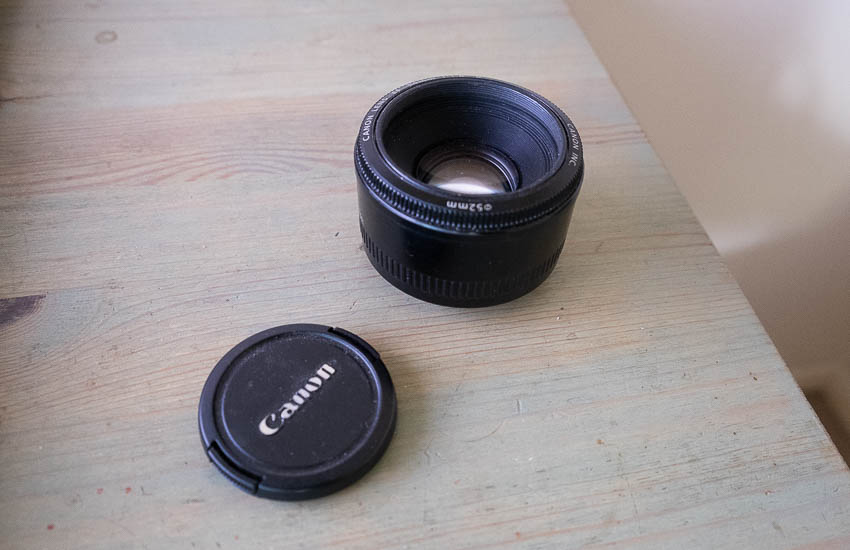
For example, the Canon EF 50mm f/1.8 STM weighs only 158g and has a depth of just 1.54 inches. Likewise, the Nikon AF-S FX NIKKOR 50mm f/1.8G weighs only 185g and has a depth of 2.09 inches. The only lenses that beat these in terms of portability are pancake lenses like the Canon EF-M 22mm f/2 STM.
7. For budget photography
If you are just starting out as a photographer, you may not want to spend thousands on lenses. Instead, you may want a series of budget lenses to use until you improve your skill and confidence.
Enter the 50mm lens. Most 50mm lenses are comparatively cheap and some you can either snap up for less than $200. For example, the Canon EF 50mm f/1.8 STM is around $125. Similarly, the Nikon AF-S FX NIKKOR 50mm f/1.8G is only around $220.
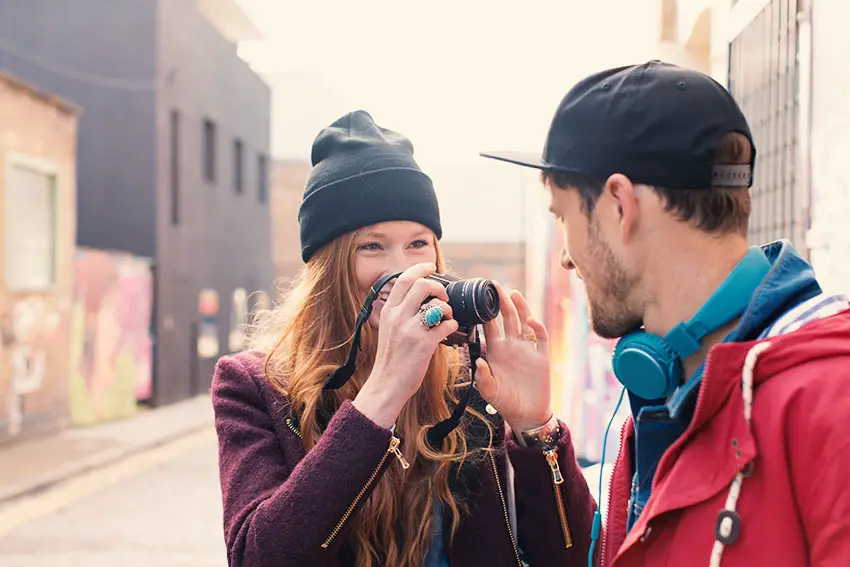
Both of these are sharp lenses with a brilliant maximum aperture and fast autofocus. Aside from some wide-angle lenses like 24mm primes, you are hard-pushed to find lenses that offer the same value for money.
Even better quality 50mm lenses like the Nikon AF-S FX NIKKOR 50mm f/1.4G and the Sony FE 50mm f/2.5 G are not too expensive compared to other lenses with large maximum apertures.
The 50mm, is, therefore, a great starting point for those on a budget.
8. For tighter-framed landscape photos
Typically we associate wide-angle lenses with landscape photography. Indeed, prime lenses with focal lengths such as 16mm, 22mm, and 24mm allow you to produce superb, sweeping landscape photos.
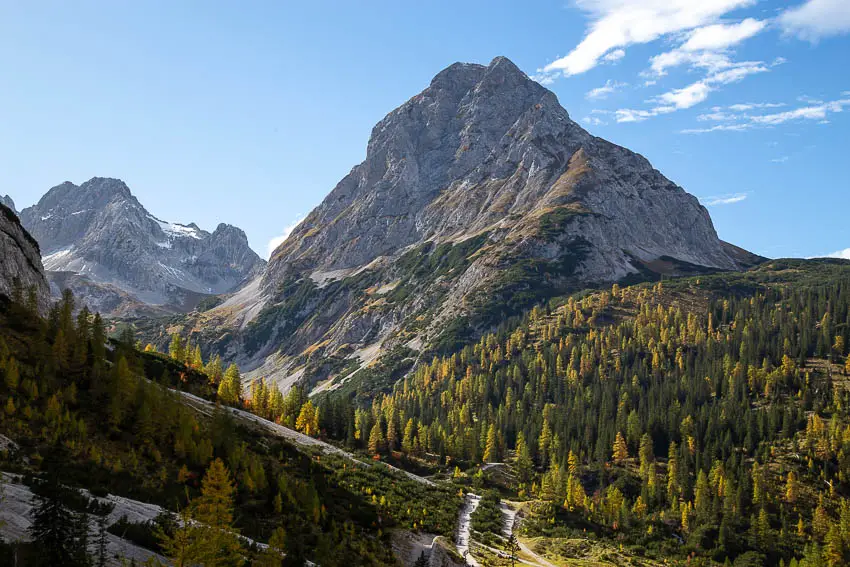
However, a 50mm lens can be used for landscape photos too. Not every landscape shot has to be an impessive wide-angle photo. Instead, you can use a 50mm lens to create more intimate landscape photos.
At this focal length, you still get a decent amount of detail – the landscape is just more tightly cropped.
This does not hold as true on a cropped-sensor camera, however, as the focal length typically becomes equivalent to 80mm.
At a focal length of 80mm, the photo becomes too tightly cropped and is not really suitable for landscape photos.
For full-frame cameras, though, 50mm is 50mm, and you can certainly use it to create different landscape shots.
9. For excellent background separation
Lastly, as mentioned above, most 50mm lenses typically have a large maximum aperture of f/2.8 or more. This is useful for many reasons – one of which is for background separation.
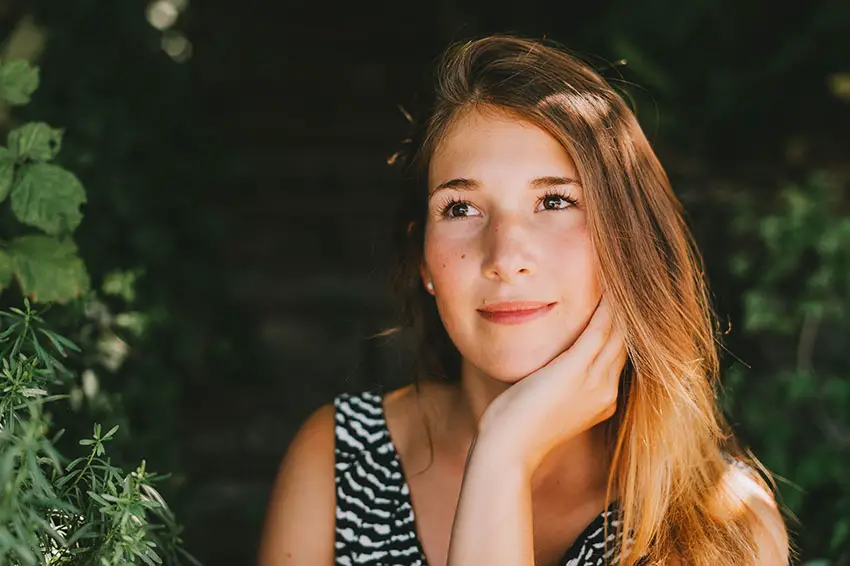
To create interesting subject photos with depth, you must create adequate background separation. This makes the subject stand out, and also means the background isn’t as obtrusive. The large maximum apertures of 50mm lenses allow you to do this.
You could take a photo of your pet dog, for example, and use a large maximum aperture of f/3.5.
With the right positioning and composition, you can place the emphasis on your dog, and make sure that the background is out of focus. This technique is incredibly useful in professional photography and is easy to achieve with 50mm lenses.
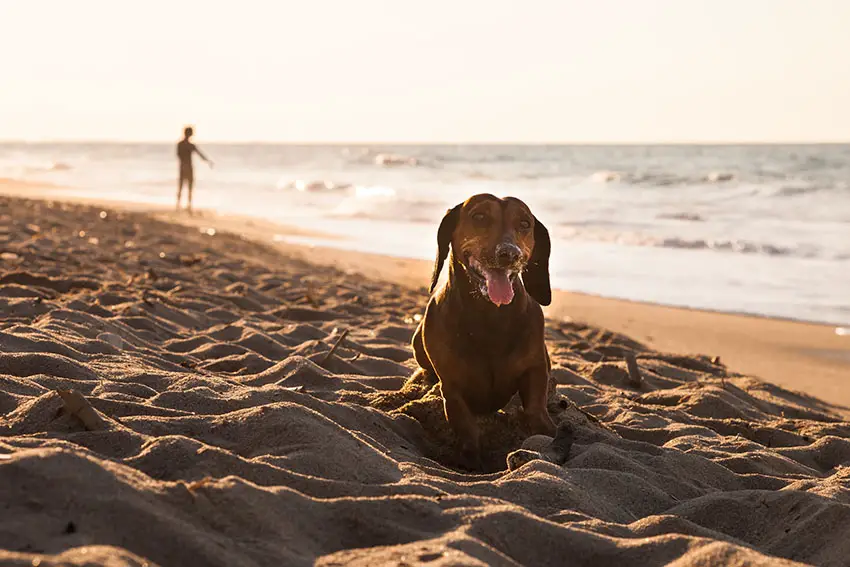
Final Thoughts on 50mm Lenses
As you can see, a 50mm prime lens has fantastic potential.
It is one of the most versatile prime lenses available and I believe every photographer should have one in their arsenal.
You can use a 50mm lens for a multitude of photography types including portraits, street photography, and even landscapes.
These lenses also excel in low-light situations and allow you to try out professional techniques like bokeh.
Some of my most highly recommended, top choices for 50mm lenses are:
- Canon EF 50mm f/1.8 STM
- Nikon AF-S AF NIKKOR 50mm f/1.8G
- Sony FE 50mm f/1.8
- Fujifilm XF 50mm f/2 R WR
- Panasonic LUMIX S 50mm f/1.8
If you are at all interested in the kinds of photography I’ve covered, then any of these lenses will help you achieve photos like these with ease.
FAQs
What should you shoot with a 50mm lens?
50mm lenses can be used for pretty much any type of photography, from landscapes to night photography, but are most commonly used for waist-length or full-length portraits, where the wide maximum aperture allows you to take photos with sublime bokeh, or for photographing fast-moving subjects.
Is a 50mm lens good for portraits?
Yes, a 50mm lens is excellent for waist-length or full-length portraits, as it gives you plenty of subject separation with the background coupled with a wide enough field of view to capture some of the scene surrounding your subject.
Is 50mm a versatile lens?
50mm is a versatile focal length, able to handle pretty much any type of photography, excluding any that requires a longer telephoto reach. I use my 50mm lens for landscape photography where it can capture the details of a scene, and for more formal portrait photography.
Can I use a 50mm lens for landscapes?

I regularly use 50mm lenses for landscapes, and find that the 50mm focal length works very well, and in some cases even better than a wide angle lens, provided that you are a good distance from the scene you want to photograph. 50mm lets you capture details that would be lost when using ultra-wide angle lenses.
Read More:

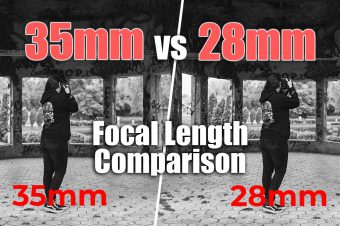
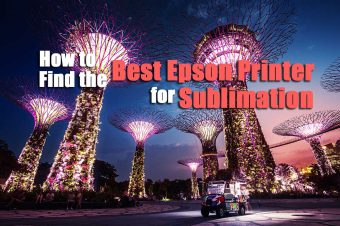
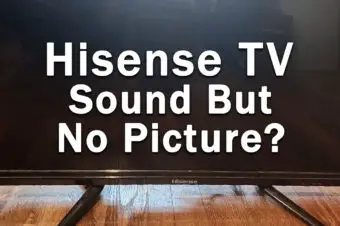
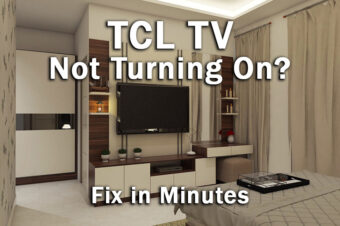
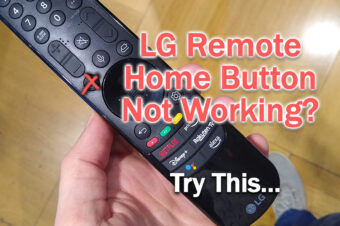
Leave a Reply